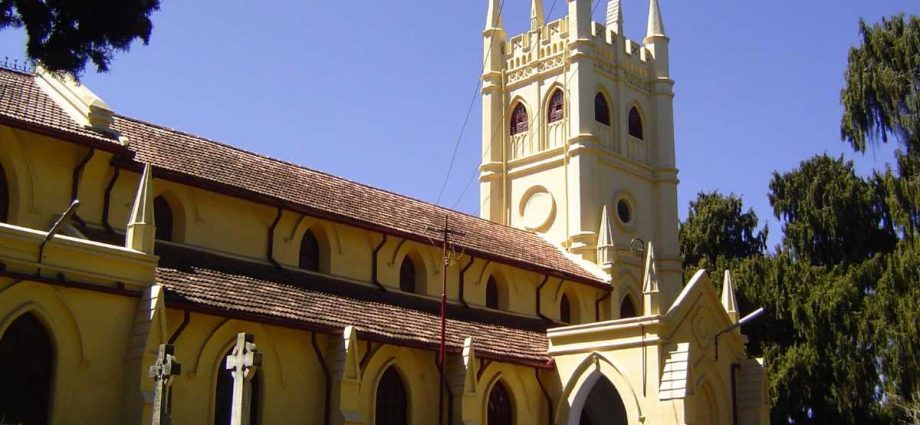Major and Brevet Liuet-Colonel James Law Lushington Morant (1839-1886) of the Royal Engineers was born in Belgaum, India to a Madras Army Chaplain. He joined Madras Sappers and Miners in January, 1862. Before that he served in PWD in Bombay, where his contributions still stand and a café is said to be named after him in the whereabouts of the Victoria Terminus.
When he was posted as District Engineer of Nilgiris, though his jurisdiction did not cover the railways, he launched a relentless campaign for a mountain railway starting with an elaborate report of his own in 1855 which answered all the doubts of the worst skeptics of the proposal. He followed it up with his paper ‘Mountain Railways for the Nilgiri Hills’ in 1874 running to 44 pages with several pictures. It was at Major Morant’s instigation the famous Riggenbach of the Rigi system of mountain railway paid a visit to the Nilgiris.
The present scenic ghat road, wide and with a gentle gradient, from Kotagiri to Mettupalyam was traced and constructed by Major Morant in 1872-75.
Major Morant, singlehandedly, drew up the present system of drinking water and drainage plan for Ooty 1870. In 1877 Morant, drew up a scheme for improving the Marlimand supply by adding three more reservoirs.
Major Morant built the Chancel of All Saints Church and the Roman Catholic church (St. Joseph’s) at Coonoor, the Anglican church (St. George’s) at Wellington and the Protestant Church at Gudalur.
Morant took much interest in all branches of his profession and wrote extensively. He also collaborated with the French Astronomer Janssen during his visit to the Nilgiris to observe the solar eclipse.
Major Morant died in Australia on 17th June 1886 due to a terminal disease. A memorial plaque in St. Mary’s Church, Chennai commemorates him.
Nilgiri Documentation Centre

